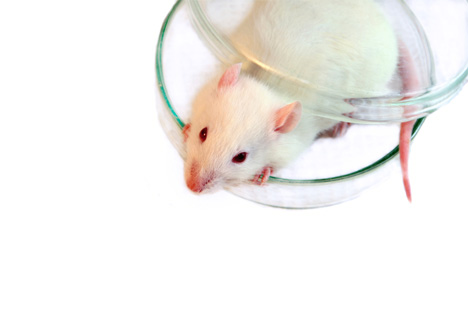A team from the University of Cambridge has created an artificial mouse embryo using stem cells. The results were published in the journal Science last week. It is the first time that an embryo has been artificially assembled from stem cells in a laboratory.
In previous experiments, scientists had only limited success in the creation of embryos from stem cells. The success of this recently published study can be accredited to a new ingredient, a second type of stem cells: the trophoblasts. Trophoblasts are the stem cells that in a natural embryo form the placenta. A third ingredient in the experiment was an artificial 3D scaffold, playing the role of some of the natural structures missing in the artificial embryo.
The artificial embryo is very similar to a natural embryo for the very first days; it develops the right structures, at the right times. Nevertheless, it cannot develop further to a viable foetus as it lacks the crucial structures responsible for the foetus nourishment.
The new technique opens the path to understand the early stages of embryo development. In this study the biologists already observed important communication pathways between different parts of the embryo, shedding light on how the embryo self-organises itself to create new structures. At this time, about two thirds of human pregnancies fail; understanding the first stages of the embryo formation may help to explain why.
Being able to create an embryo from stem cells could make a big difference in the number of experiments that scientists can perform. The number of human embryos available for experimentation is very limited; usually are spare embryos left over from fertility treatments are used. If this technique is successful with human cells, the biologists will have a virtually unlimited number of embryos for their experiments.
The authors of the paper are from the University of Cambridge, with collaborators from Turkey. Magdalena Zernicka-Goetz, a Polish-born biologist led the research team. Professor Zernicka-Goetz hit the headlines last year when her team managed to keep a human embryo for 13 days alive in the lab.
The technique is a crucial step to study embryo development, but it reaches the barriers imposed by the British law – experimentation with embryos older than 14 days is not legal. The biologists argue that the law, which dates from 1990, should change to adapt to the current times. Other sections of the original Human Fertilisation and Embryology Act, like the prohibition to perform genetic modifications of embryos, already changed.

